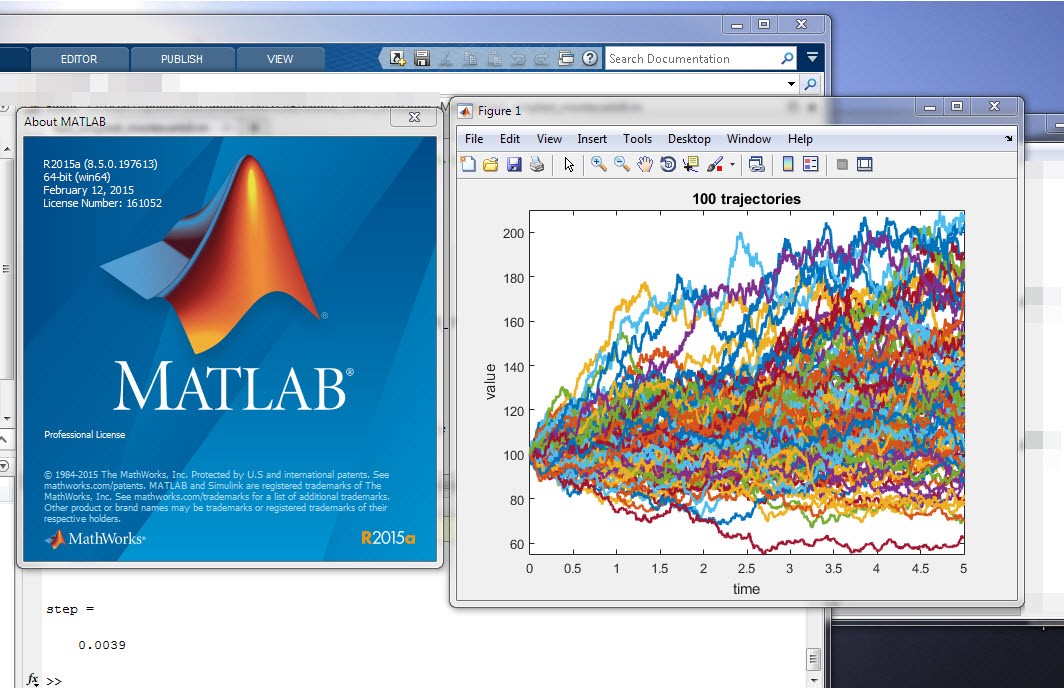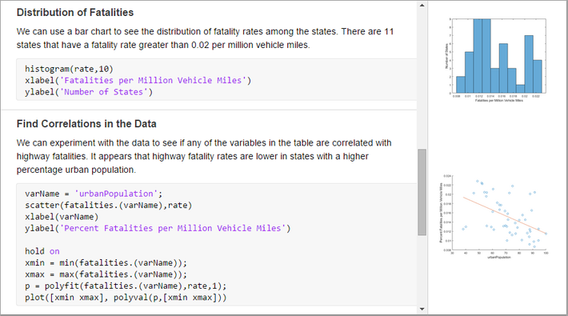

Friction modifiers and extreme pressure additives shall not be used.ĪPI Category GL-2 (inactive ) designates the type of service characteristic of automotive type worm-gear axles operating under such conditions of load, temperature and sliding velocities, that lubricants satisfactory for API GL-1 service will not suffice.ĪPI Category GL-3 (inactive ) designates the type of service characteristic of manual transmissions and spiral-bevel axles operating under mild to moderate to severe conditions of speed and load. Oxidation and rust inhibitors, defoamers and pour depressants may be used to improve the characteristics of lubricants intended for this service. Multigrade gear oils are becoming more common while gear oil does not reach the temperatures of motor oil, it does warm up appreciably as the car is driven, due mostly to shear friction (with a small amount of heat conduction through the bellhousing from the engine block).įully synthetic gear oils are also used in many vehicles, and have a greater resistance to shear breakdown than mineral oils.ĪPI Category GL-1 (inactive ) designates the type of service characteristic of manual transmissions operating under such mild conditions of low unit pressures and minimum sliding velocities, that untreated oil may be used satisfactorily. The viscometrics for gear oils are standardized in SAE J306. While they take the same form, the viscosity grades for gear oils are on a different scale than the viscosity grades for an engine oil. For example, most modern gearboxes require a GL-4 oil, and separate differentials (where fitted) require a GL-5 oil. Separate differentials usually have higher pressure between metal parts than gearboxes and therefore need higher GL-rating. The higher an oil's GL-rating, the more pressure can be sustained without any metal-to-metal contact taking place between transmission components.

Gearbox oils are classified by the American Petroleum Institute using GL ratings. GL-5 is not necessarily backward-compatible in synchro-mesh transmissions which are designed for a GL-4 oil: GL-5 has a lower coefficient of friction due to the higher concentration of EP additives over GL-4, and thus synchros can not engage as effectively.

Gear oil being added to the final reduction gears in a scooter.ĮP additives which contain phosphorus/sulfur compounds are corrosive to yellow metals such as the copper and/or brass used in bushings and synchronizers the GL-1 class of gear oils does not contain any EP additives and thus finds use in applications which contain parts made of yellow metals.


 0 kommentar(er)
0 kommentar(er)
